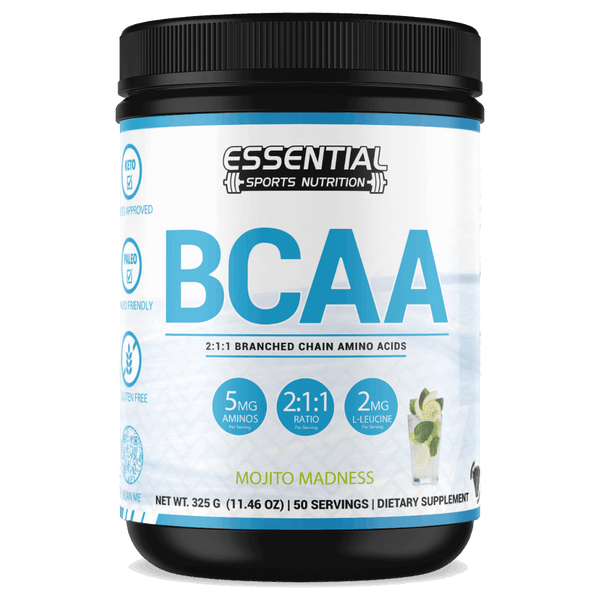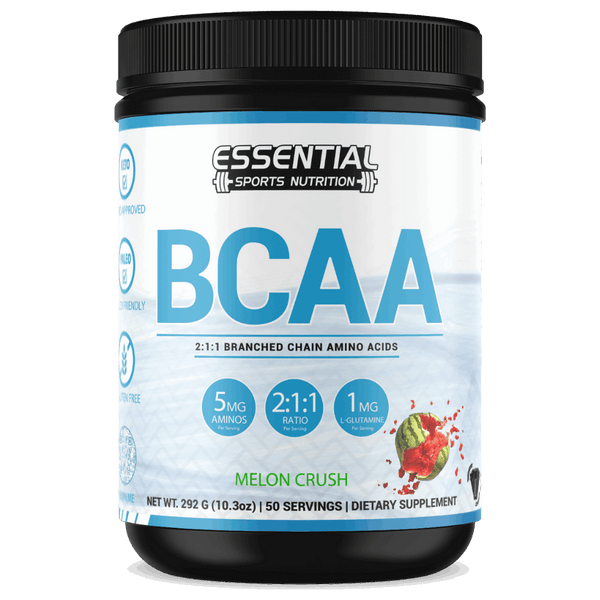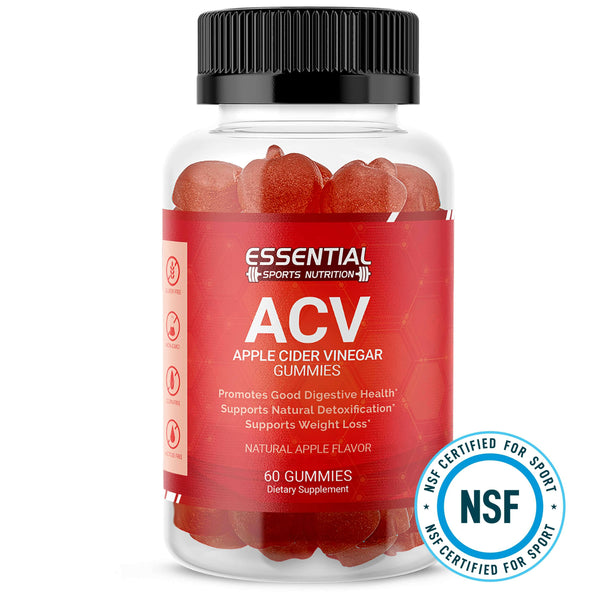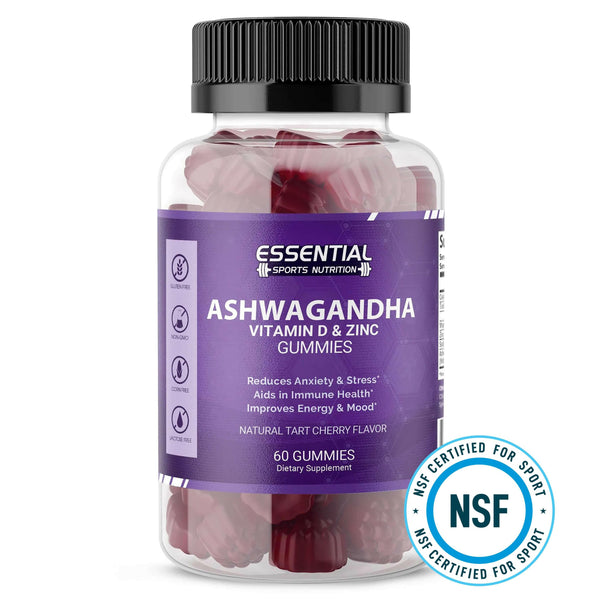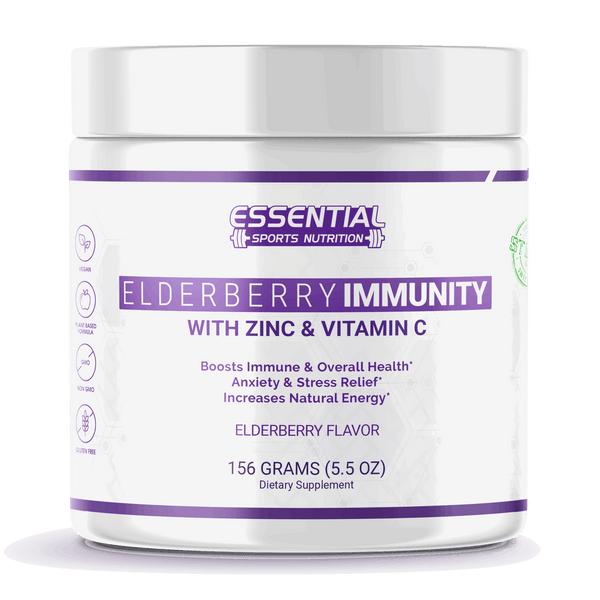Eat Well, Spend Less: Budget-Friendly Vegetarian Meal Plans!
You can maintain a nutritious vegetarian diet on a budget by focusing on affordable, nutrient-dense foods. Seasonal produce is cheaper, fresher, and packed with vitamins and minerals. Buy bulk staples like beans, lentils, and grains to save money, and always have pantry essentials on hand. Prep meals in advance using batch cooking techniques to save time and ensure you eat healthy. Opt for budget-friendly protein sources like tofu, tempeh, and Greek yogurt. Reduce waste by freezing leftovers and using veggie scraps for homemade broths. Want more tips on stretching your dollar while staying healthy?

Key Takeaways
- Buy seasonal produce to save money and support local farmers.
- Purchase beans, lentils, tofu, and tempeh for affordable protein sources.
- Plan meals and batch cook to minimize food waste and save time.
- Buy grains and legumes in bulk to reduce cost per unit.
- Use creative recipes like one-pot meals and Buddha bowls to stretch your budget.
Benefits of a Budget Vegetarian Diet
Adopting a budget-friendly vegetarian diet can greatly reduce your risk of heart disease, aid in weight management, and help lower blood pressure. You can enjoy numerous health benefits without breaking the bank by focusing on affordable, nutrient-dense ingredients. Essential nutrients like fiber, vitamins, and minerals are abundant in vegetarian staples such as beans, lentils, rice, pasta, and tofu. These items not only fit within a budget but also support overall health.
Consider incorporating various ingredients into your diet to create nutritious meals. Beans and lentils are excellent sources of protein and fiber, which help keep you full and support digestive health. Rice and pasta serve as cost-effective bases for diverse meals, from stir-fries to one-pot dishes. Tofu provides a versatile protein that's both affordable and easy to cook.
Quick and easy vegetarian recipes like one-pot meals, stir-fries, salads, and smoothies can be both nutritious and budget-friendly. Planning your meals around these recipes ensures you're getting a well-rounded intake of essential nutrients. Ultimately, a budget-friendly vegetarian diet not only supports your health but also promotes a sustainable and economical lifestyle.
Shopping Smart: Seasonal and Buying in Bulk

Shopping smart means taking advantage of seasonal produce for peak freshness and affordability, while bulk buying staples like grains and beans to maximize savings. By planning meals around what's in season and storing bulk items properly, you can enjoy a nutrient-rich diet without overspending. These strategies not only cut costs but also help reduce food waste, making your vegetarian diet both budget-friendly and sustainable.
Seasonal Produce Benefits
Seasonal produce saves you money due to lower transportation costs and guarantees you the freshest, most nutrient-dense options available. When you build your budget meal around what's in season, you're not just cutting down on expenses but also enhancing the quality of your plant-based diet. You can create delicious and nutritious vegetarian recipes by focusing on seasonal produce without breaking the bank.
Here are three key benefits of prioritizing seasonal produce:
- Nutritional Peak: Seasonal fruits and vegetables are harvested at their prime, ensuring they're packed with vitamins, minerals, and antioxidants. This results in more nutrient-dense meals.
- Cost Efficiency: During peak seasons, produce is abundant and doesn't require extensive transportation, making it cheaper. This translates to significant savings on your grocery bill.
- Environmental Impact: Buying seasonal produce supports local farmers and reduces the carbon footprint associated with long-distance transportation.
Bulk Purchase Savings
While focusing on seasonal produce can greatly reduce costs and boost nutrition, buying in bulk further enhances your savings and guarantees a well-stocked pantry. Bulk purchasing items like grains, legumes, and spices can notably lower the cost per unit, making it an ideal strategy for budget vegetarian meals. By focusing on these staple ingredients, you can create various nutritious and cost-effective recipes.
Planning your meal plan around bulk and seasonal ingredients ensures you save money and get the freshest produce available. For example, buying a large bag of lentils or brown rice can serve as the base for numerous plant-based dishes, like hearty stews or satisfying grain bowls. These items are versatile and packed with essential nutrients such as fiber and protein.
Additionally, bulk buying minimizes packaging waste, aligning with sustainable eating practices. When you shop smart by combining bulk purchases with seasonal produce, you maximize your budget and make it easier to stick to a healthy, plant-based diet. This approach allows you to enjoy a variety of delicious, affordable recipes while keeping your pantry well-stocked and your meal plan dynamic.
Storage and Preservation Tips
Properly storing your bulk and seasonal purchases can greatly extend their shelf life, ensuring you get the most nutrition and value for your money. Whether you're on a tight budget or want to avoid waste, knowing how to save and sort your food is important.
Here are some practical storage tips:
- Freezing: Many fruits and vegetables can be frozen to preserve their nutrients. Blanching vegetables before freezing helps maintain their color and texture. Store them in airtight containers or freezer bags to avoid freezer burn.
- Canning and Pickling: Use sea salt for pickling vegetables to enhance flavor and preserve them. Canning is another effective method; it's a great way to store seasonal produce for months.
- Dry Storage: Staples like grains, beans, and nuts can be bought in bulk and stored in a cool, dry place. Use airtight containers to prevent moisture and pests from getting in.
According to BBC Studios Distribution, planning meals around bulk and seasonal items can lead to better quality and flavor while also being more cost-effective. By using these storage techniques, you'll save money, reduce waste, and enjoy nutritious meals year-round.
Affordable Protein Sources

Incorporating affordable protein sources like beans, lentils, tofu, and quinoa into your vegetarian diet guarantees you meet your nutritional needs without breaking the bank. Beans and lentils, for instance, are powerhouses of protein, offering around 15-20 grams per cup. You can easily add them to your favorite recipes, be it a hearty lentil stew or a bean salad. Tofu and tempeh are also excellent, budget-friendly options, with tofu providing about 10 grams of protein per 3-ounce serving. These can be stir-fried, grilled, or added to soups for a nutritious boost.
Quinoa, a complete protein grain, delivers approximately 8 grams of protein per cup, making it a versatile addition to your meals. Whether you're making a quinoa salad or using it as a rice substitute, it's a cost-effective way to diversify your protein intake. Additionally, nuts and seeds like almonds, chia seeds, and pumpkin seeds are protein-rich and can be bought in bulk, saving you money in the long run.
For affordable dairy protein, consider Greek yogurt and cottage cheese. Greek yogurt has around 17 grams of protein per 6-ounce serving, while cottage cheese provides about 14 grams per half-cup, making them both practical and nutritious options.
Meal Planning and Preparation

To stay on budget with a vegetarian diet, it's essential to plan your meals and prep ingredients ahead of time. Stock up on weekly essentials like grains, legumes, and seasonal produce to maximize nutrition and minimize costs. Batch cooking techniques, such as preparing large quantities of soups or stews, save both time and money while ensuring you always have nutritious meals ready.
Weekly Shopping Essentials
When you create a well-thought-out weekly shopping list based on your meal plan, you'll save both time and money while guaranteeing you get a variety of nutritious, plant-based ingredients. Start by reviewing your favorite recipes and viewing them through a nutrient-focused lens. For instance, Media used under license often features balanced vegetarian meals that can inspire your weekly meals.
To streamline your shopping and make sure you have all the essentials, consider these key steps:
- Grains and Legumes: Stock up on versatile items like rice, quinoa, lentils, and beans. These are budget-friendly and can be used in multiple dishes throughout the week.
- Fresh Produce: Prioritize seasonal vegetables and fruits. They're often cheaper and more nutrient-dense. Think carrots, spinach, apples, and bananas.
- Pantry Staples: Items like olive oil, spices, and canned tomatoes are essential for adding flavor and variety to your meals.
Preparing ingredients in advance, such as soaking beans or cooking grains, can further streamline your cooking process. Utilizing leftovers strategically throughout the week helps reduce food waste and keeps your meal prep efficient. Following a structured meal plan supports a balanced diet and keeps you on track with budget-friendly vegetarian eating.
Batch Cooking Techniques
Batch cooking, by preparing large quantities of plant-based meals in advance, guarantees you always have nutritious options ready and helps you stick to a budget-friendly vegetarian diet. Not only does it save time, but it also makes meal planning straightforward and efficient. By dedicating a specific time each week to batch cooking, you can streamline your meal preparation process, allowing you to enjoy home-cooked meals with minimal daily effort.
Batch cooking is a cost-effective strategy. Buying ingredients in bulk reduces overall food expenses, and cooking in large quantities maximizes the value of your purchases. For example, a large bag of lentils or beans can be transformed into various dishes that can be portioned out and stored for future meals. This not only guarantees you have a healthy, protein-rich option available but also helps reduce food waste by using up ingredients before they spoil.
Batch cooking fosters creativity with leftovers. Those extra vegetables can be turned into a hearty soup or a colorful stir-fry. By following these practices, you'll maintain a consistent, healthy eating habit without breaking the bank. Batch cooking truly is a game-changer for anyone committed to a vegetarian diet on a budget.
Seasonal Produce Benefits
Leveraging seasonal produce for meal planning and preparation enhances flavor and nutrition, helps you save money, and supports sustainable agriculture. When you base your meals around what's in season, you're using ingredients at their peak freshness, which means better taste and more nutrients. Plus, seasonal fruits and vegetables are often more affordable because they're more abundant.
Here's why incorporating seasonal produce into your meal planning is beneficial:
- Nutrient-Rich: Seasonal produce is packed with vitamins, minerals, and antioxidants. For example, winter squash and leafy greens offer a wealth of nutrients during colder months.
- Cost-Effective: Buying in-season produce is usually cheaper. Local farms, often owned and operated by community members, can offer lower prices due to reduced transportation and storage costs.
- Sustainable Agriculture Practices: Utilizing seasonal produce reduces the carbon footprint since it often requires fewer resources for cultivation and transportation. This also supports sustainable agriculture practices, promoting environmental health.
Creative and Budget-Friendly Recipes

Embracing one-pot meals can simplify your cooking process while ensuring you get a nutrient-dense, budget-friendly dish. Immediate Media and BBC often highlight these meals as favorites for their ease and versatility. Popular one-pot meals like veggie chili or lentil stew save on cleanup and pack in various vegetables and proteins.
Stir fries and salads are another great way to stretch your budget. Using affordable veggies like carrots, cabbage, broccoli, and bell peppers can add both nutrition and color to your plate. Plus, you can easily incorporate plant-based proteins like tofu or chickpeas.
Veggie wraps and sandwiches are perfect for quick, portable meals. Think whole grain wraps stuffed with hummus, spinach, and shredded carrots. These options are both nutritious and easy on your wallet.
Smoothies and soups are go-to choices for utilizing frozen fruits and veggies. They're nutrient-dense and perfect for meal prep.
Buddha bowls offer a customizable, balanced meal by combining grains, proteins, and vegetables. Think brown rice, black beans, and roasted sweet potatoes.
Here's a quick emotion-evoking table for inspiration:
| Meal Type | Ingredients | Emotion Evoked |
|---|---|---|
| One-Pot Meal | Lentils, tomatoes | Comfort |
| Stir-Fry | Bell peppers, tofu | Vibrancy |
| Wrap | Hummus, spinach | Convenience |
| Smoothie | Frozen berries, kale | Refreshment |
| Buddha Bowl | Brown rice, black beans | Satisfaction |
Reducing Waste and Maximizing Ingredients

Reducing food waste in a vegetarian diet starts with creatively repurposing leftovers into new, delicious meals. By strategically planning your meals, you can guarantee that ingredients from previous dishes are seamlessly incorporated into future recipes. This not only helps reduce food waste but also maximizes the nutritional value of your meals.
Here are three practical ways to make the most of your ingredients:
- Transform leftovers: Use leftover vegetables and grains to create hearty soups, stir-fries, or even veggie burgers. For example, mix leftover rice and beans with some fresh veggies and spices for a tasty stir-fry.
- Freeze extras: Store excess cooked grains and beans in the freezer. They can be quickly thawed and added to salads, wraps, or casseroles, providing a nutrient boost without extra cooking time.
- Use vegetable scraps: Save vegetable scraps like carrot tops, onion skins, and celery ends to make homemade broths. This not only reduces landfill waste but also enriches your soups and stews with additional nutrients.
Conclusion

Adopting a vegetarian diet on a budget is feasible and offers numerous health benefits. Did you know that choosing plant-based proteins could save up to 40% on your grocery bills? Smart shopping, meal planning, and reducing waste can significantly impact. By focusing on seasonal produce and buying in bulk, you maximize both nutrients and savings. Embrace this practical approach to nourish your body and wallet simultaneously.
Vegetarian Meal Plan FAQs
Q: What are some budget-friendly vegetarian ingredients to always have on hand?
A: Some budget-friendly vegetarian ingredients to always have on hand include dried beans, canned beans, lentils, rice, tofu, chickpeas, root vegetables, grains like quinoa or bulgur, and frozen vegetables.
Q: How can I make a cheap and delicious vegetarian curry?
A: You can make a cheap and delicious vegetarian curry by using affordable ingredients like lentils, chickpeas, coconut milk, and various spices. Serve it over rice or with naan for a satisfying meal.
Q: What are some tips for eating a vegetarian diet on a budget?
A: To eat a vegetarian diet on a budget, consider buying in bulk, meal prepping to avoid food waste, cooking from scratch, using seasonal produce, and exploring different types of legumes and grains.
Q: How can I save money while grocery shopping for vegetarian ingredients?
A: To save money while grocery shopping for vegetarian ingredients, consider buying generic brands, shopping at farmers' markets for fresh and affordable produce, buying in-season fruits and vegetables, and using coupons or discounts when available.
Q: What are some easy vegetarian lunch ideas that are budget-friendly?
A: Some easy vegetarian lunch ideas that are budget-friendly include vegetable stir-fries, salad bowls with grains and legumes, bean burritos, homemade soups, and pasta dishes with marinara sauce and vegetables.
Q: How can I incorporate more protein into my budget vegetarian meals?
A: You can incorporate more protein into your budget vegetarian meals by including ingredients like tofu, tempeh, beans, lentils, quinoa, nuts, and seeds. These ingredients are affordable and nutritious sources of plant-based protein.
Q: What are some money-saving tips for preparing vegetarian meals?
A: Some money-saving tips for preparing vegetarian meals include buying ingredients in bulk, meal prepping to avoid eating out, cooking with leftovers from previous meals, using affordable staple ingredients like rice and beans, and planning your meals based on what you already have in your pantry.
Q: Can You Be Vegetarian on a Budget?
A: Yes, you can be vegetarian on a budget. Focus on affordable staples like beans, lentils, and rice. Buy in bulk, plan meals around sales, and use frozen produce. Websites like EatingWell offer budget-friendly recipes and tips.
Q: Is a Vegetarian Diet Actually Cheaper?
A: Yes, a vegetarian diet can actually be cheaper. Studies show savings of $750 to $1,000 annually. Focus on cost-effective plant proteins like beans and lentils, buy seasonal produce, and plan meals to maximize affordability.
Q: How to Lose 10 Pounds in a Month Vegetarian?
A: A vegetarian diet can help you shed 10 pounds in a month if you focus on nutrient-dense foods. Load up on fruits, veggies, whole grains, and plant proteins. Don't forget regular exercise and tracking!




